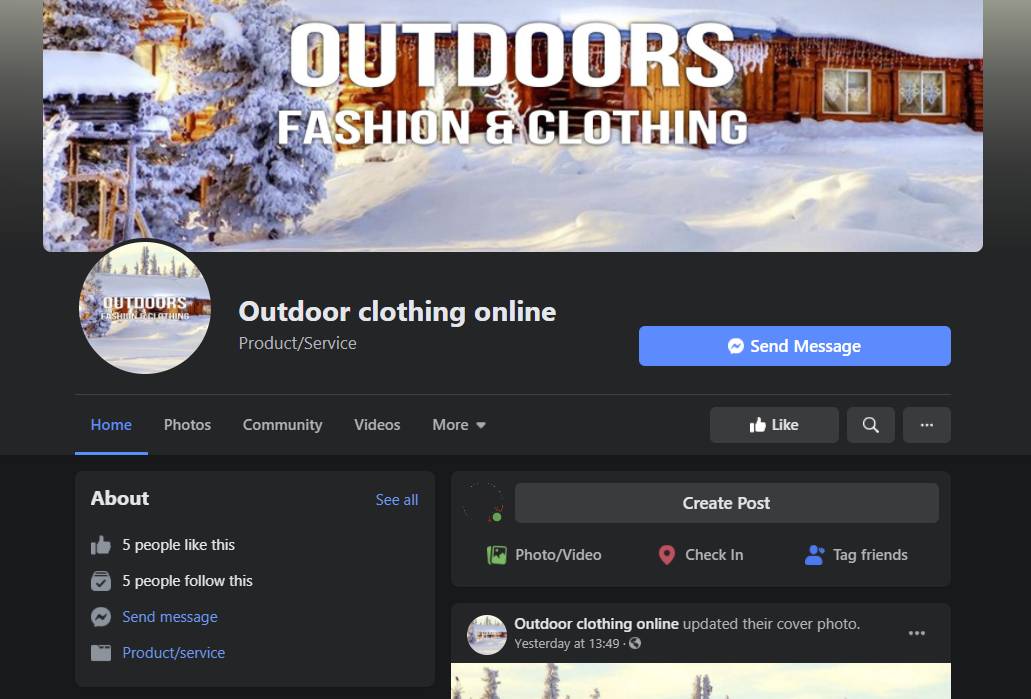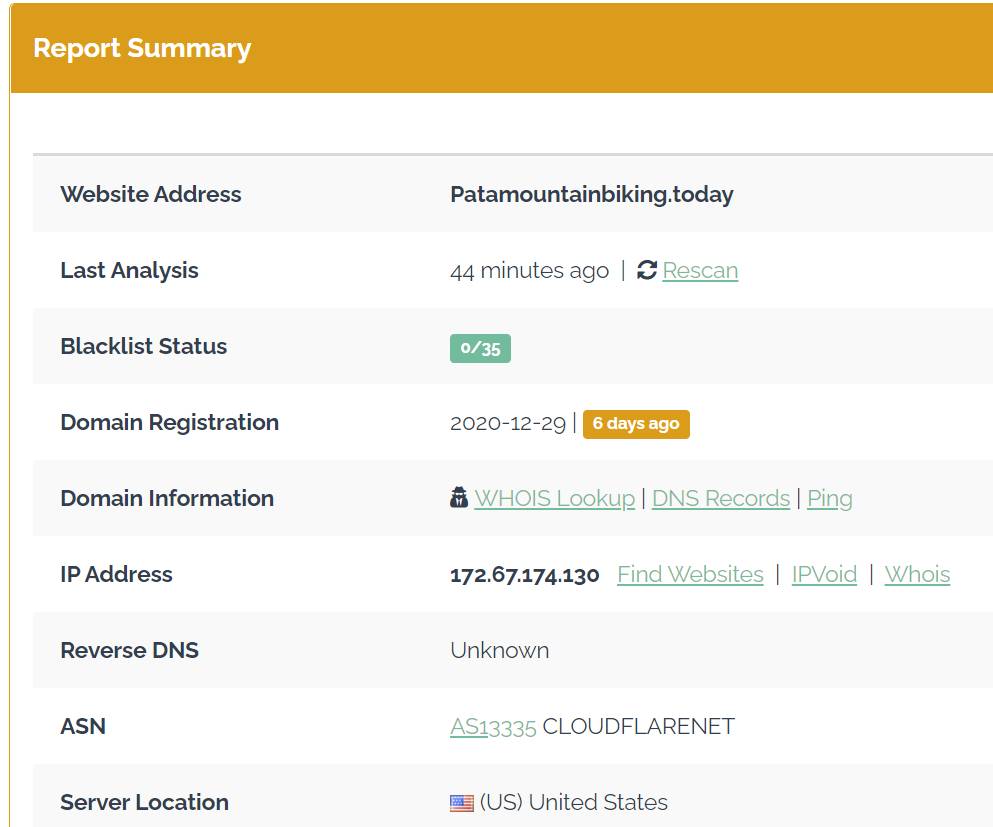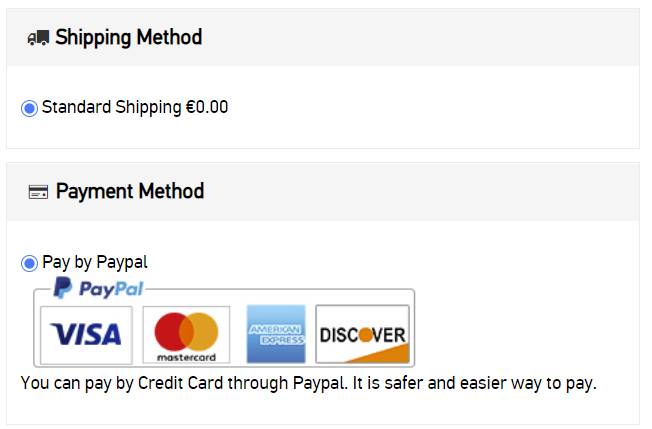WOW! 50% OFF! Is it a deal or it a scam?
These are the five steps to spot an online scam and avoid throwing your money in the trash:
- Check the ad
- Check the social network
- Check the website
- Check the domain
- Still Not Sure? Do Not Do It!
You may end up discovering great deals on social networks sometimes… or you have just found a malicious and fraudulent website.
As consequence, if you are lucky, you waste your money! Even worse, you can give scammers all the information about your credit card!
This is an example of an advertisement that you may see on Facebook.

Step 1: Check the ad
Does the advertisement promotes a product or a discount?
It is suspicious to see ads focused on discounts.
It is normal, and common, look at ads for products, or discounts for a specific product.
Also, make sure that it is a sponsored ad, otherwise, the algorithm of Facebook is not going to show it to you.
Step 2: Check the social network
Enter at the Facebook page of the scammer.
You can start by looking at the number of likes and the number of posts in the last year.
Low numbers means… scam.
The lifespan of these pages is short because as soon as they are identified, they are deleted by Facebook.
In our suspicious case, “Outdoor clothing online” page has just 5 likes and 1 single post on Facebook.

Step 3: Check the website
The name of the website is also something that you should take into consideration.
It’s extremely rare that successful websites use uncommon domain names like .today, .free, .discount.
Trust more websites with .com or with country domains like .us, .ca, .co.uk, .fr, etc.
Everything is on discount! The more products are on discount, the higher is the probability that you have been attracted to a product and you want to purchase it.
This is the reason why scams promote all the products on discount.
Is there only a one brand on sale? If it is only a specific brand… it’s a no go.
The scammer usually uses a specific brand because it’s easy to, literally, copy a website and it is easy to load in the catalog more products with similar information, like description and technical information.
In the case that we are investigating, the name of the website is patamountainbiking.today. It only focuses on Patagonia products, and almost all the products are from 30% to 50% off.

Step 4: Check the domain
Verify the trust of the website using websites whose goal is to identify and report this kind of malicious websites. You can try, for example, scamadviser.com.
It’s also important to know how old is the website. For that, you can check the domain registration. Are we talking about just of few months or even weeks, or about years?
You can use urlvoid.com to find out when the domain has been purchased.
patamountainbiking.today is only 6 days old.


No matter where you are, the shipping is always free of charge! 🙂
Step 5: Still Not Sure? Do Not Do It!
When (still) in doubt, do not do it!
Our advice here, at Outdooreer, is that if you are still unsure, it’s better to be cautious and follow your intuition. Don’t let a great price cloud your judgment.
If you have doubts, there are plenty of other shops to buy from.
Coming back to patamountainbiking.today case?
It’s definitively a scam and we’ve reported our suspect to Patagonia and Facebook as well. They have procedures and strict processes to stop this fraud.
